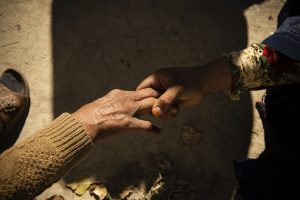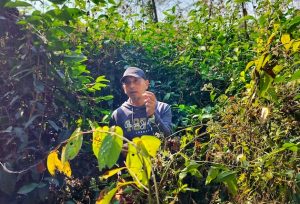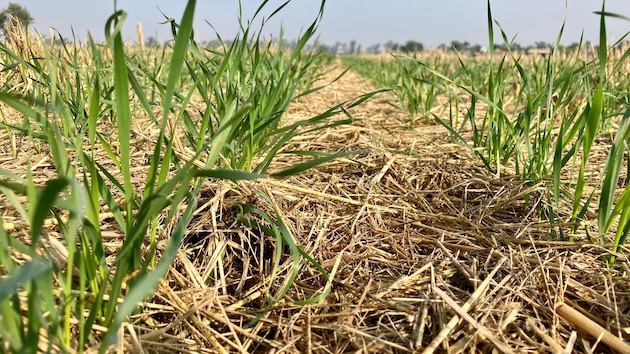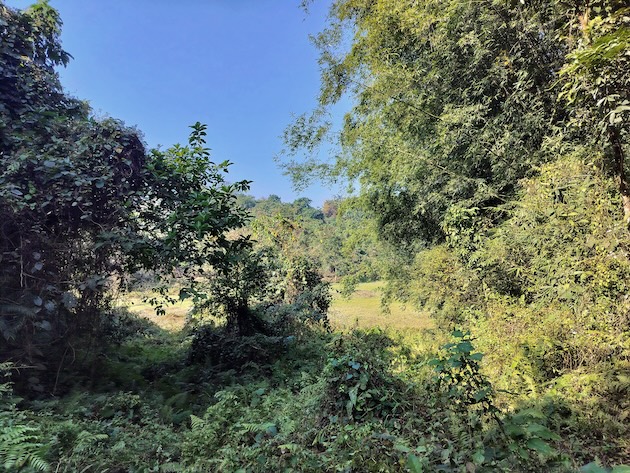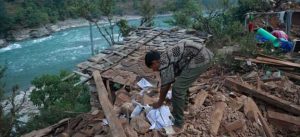REGULATED INFORMATION
Information on the total number of voting rights and shares
Mont–Saint–Guibert (Belgium), March 29, 2024, 9:30 pm CET / 4:30 pm ET – In accordance with article 15 of the Law of 2 May 2007 on the disclosure of large shareholdings, Nyxoah SA (Euronext Brussels and Nasdaq: NYXH) publishes the below information following the issue of new shares.
- Share capital: EUR 4,927,355.12
- Total number of securities carrying voting rights: 28,682,635 (all ordinary shares)
- Total number of voting rights (= denominator): 28,682,635 (all relating to ordinary shares)
- Number of rights to subscribe to securities carrying voting rights not yet issued:
- 100 “2018 ESOP Warrants” issued on December 12, 2018, entitling their holders to subscribe to a total number of 50,000 securities carrying voting rights (all ordinary shares);
- 400,500 “2020 ESOP Warrants” issued on February 21, 2020, entitling their holders to subscribe to a total number of 400,500 securities carrying voting rights (all ordinary shares); and
- 1,085,500 “2021 ESOP Warrants” issued on September 8, 2021, entitling their holders to subscribe to a total number of 1,085,500 securities carrying voting rights (all ordinary shares); and
- 700,000 “2022 ESOP Warrants” issued on December 28, 2022, entitling their holders to subscribe to a total number of 700,000 securities carrying voting rights (all ordinary shares).
*
* *
Contacts:
Nyxoah
David DeMartino, Chief Strategy Officer
david.demartino@nyxoah.com
+1 310 310 1313
Attachment

GLOBENEWSWIRE (Distribution ID 1000932162)
